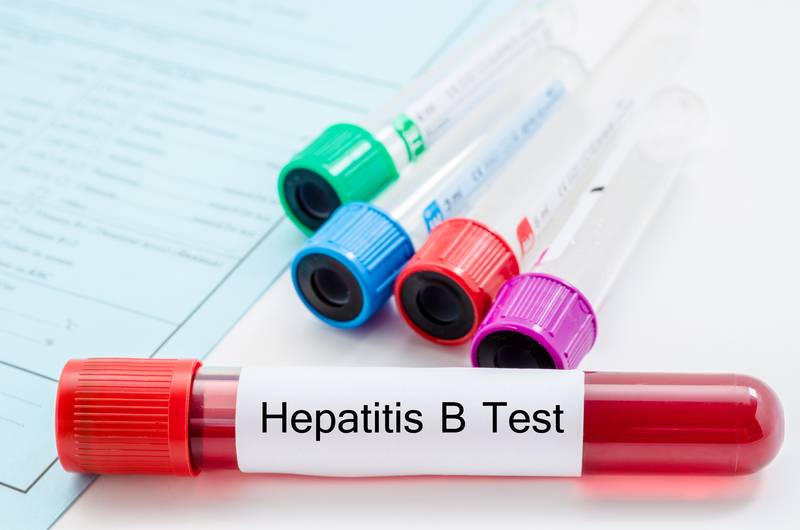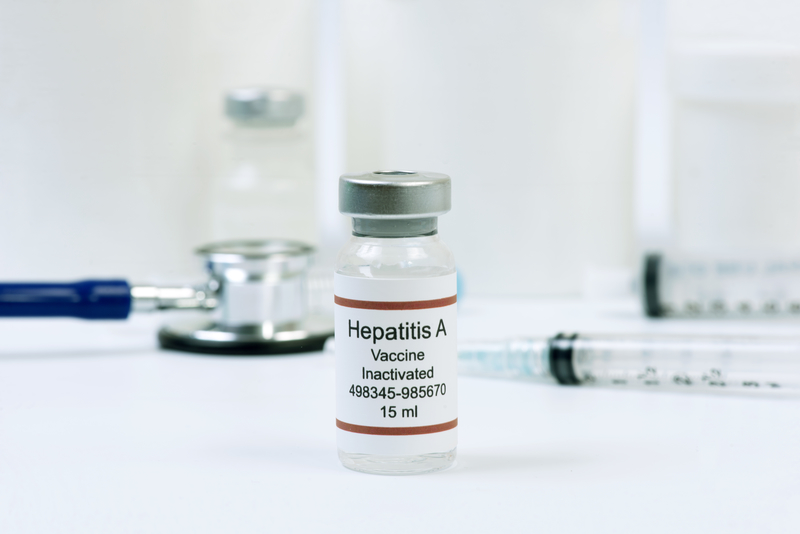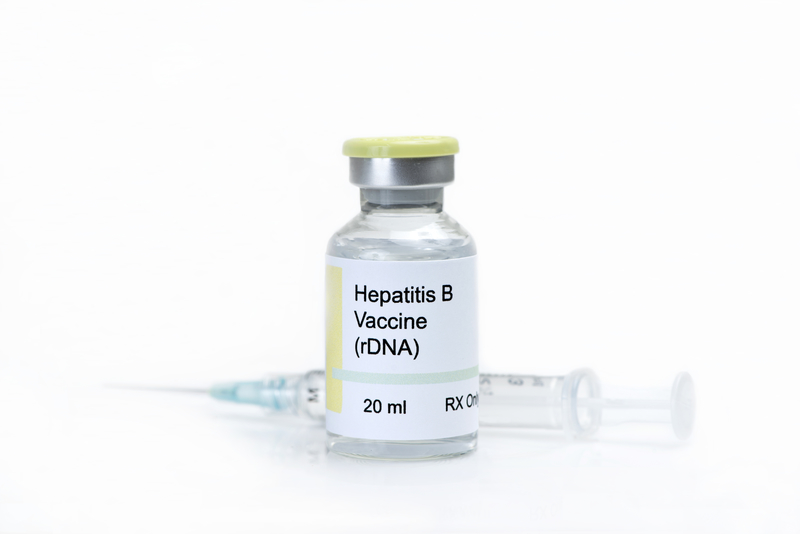The Different Types of Hepatitis A and B Immunizations
Hepatitis is a term used to describe inflammation and damage to the liver cells. There are five main types, and they are each caused by a viral infection. Hepatitis A occurs from ingesting infected food or water, and hepatitis B is a sexually transmitted disease. It is estimated that around three hundred million people around the world are hepatitis B carriers. Hepatitis A and B are the only types of hepatitis that are preventable by vaccination. Vaccinations are available to prevent both hepatitis A and B.
10. Hepatitis A

Hepatitis A is caused by ingesting food or water that has been infected with the hepatitis A virus or HAV. It can also be contracted through anal or oral contact during sex. Although it is highly contagious, hepatitis A does not lead to chronic disease and nearly everyone who is infected will make a full recovery. The HAV is one of the several types of hepatitis viruses that cause liver inflammation and damage. Practicing proper hand washing is an effective way to prevent catching hepatitis A.
9. Hepatitis B

Hepatitis B is a sexually transmitted disease (STD) caused by the hepatitis B virus, or HBV. It is passed along by coming in contact with infected semen, blood, and other body fluids, and results in liver swelling. Patients can suffer from serious liver infections that eventually lead to cancer. For some, the disease becomes chronic, meaning that it may last long-term or even lifelong. Having unprotected sex and using unsterilized needles increases the risk of catching hepatitis B. Babies can develop hepatitis B when they are born to infected mothers.
8. Symptoms

Symptoms of hepatitis A may take up to two weeks before they arise. They include jaundice, loss of appetite, dark urine, abdominal pain, fever, nausea, diarrhea, and fatigue. Hepatitis B symptoms include flu-like symptoms such as joint pain, fever, nausea, vomiting, and fatigue. Other symptoms may include a yellow tint to the eyes and skin, dark urine, and clay-colored bowel movements. Symptoms may last anywhere from a few weeks to six months. The average person will start showing signs up to ninety days after exposure to the hepatitis virus.
7. Diagnosis

Three types of blood tests can be used to determine if a hepatitis infection is present: genetic material such as DNA or RNA, antibodies to the hepatitis virus, and liver enzymes. The most common type of blood test is testing for the liver enzymes aspartate aminotransferase (AST or SGOT) and alanine aminotransferase (ALT or SGPT). These enzymes are normally stored in the liver cells. When hepatitis is present, the liver cells secrete these enzymes into the blood to signal that the liver needs help.
6. Hepatitis A Vaccines

The hepatitis A vaccine is a shot of inactive hepatitis A virus that is designed to stimulate the body’s immune system to create antibodies that protect a person against the virus should they ever come in contact with it. It is given in the form of two shots over a period of six months. The hepatitis A vaccine is also available in a combination form that contains both the hepatitis A and B vaccine and is available for people over the age of eighteen. The combination vaccine is given as three shots over six months.
5. Hepatitis B Vaccines

There are two types of hepatitis B vaccines available: recombinant vaccines and plasma-derived vaccines. There is no difference regarding efficacy or duration of protection between the two, and they can be used interchangeably. These vaccines have been available in most countries since 1982. Each vaccine undergoes an extensive purification process, and they are effective in protecting over ninety-five percent of infants, children and young adults who are given the shot. After the age of forty, protection levels drop to ninety percent. By sixty, it falls to seventy-five percent.
4. Who Should Get Vaccinated?

According to the Centers for Disease Control and Prevention, all babies should be vaccinated with their first dose before they leave the hospital. Other individuals who should get vaccinated are children and teenagers under the age of nineteen who have not been vaccinated, anyone being treated or evaluated for a sexually transmitted disease, people with end-stage kidney disease or chronic liver disease, people whose jobs put them at risk of coming in contact with infected bodily fluids, and anyone who travels to a region with high amounts of hepatitis.
3. Who Should Not Get The Vaccine?

The hepatitis vaccines are recommended for most children and adults. However, some adults should not get vaccinated. These include pregnant women, anyone who has ever had a severe allergic reaction to any vaccine, and anyone who is ill unless it is a mild illness. People who have experienced a severe, life-threatening allergy or an allergic response to prior hepatitis vaccines should not continue with the remaining shots. People with compromised immune system should talk to their doctor before getting vaccinated.
2. Possible Side Effects Of Vaccines

Possible side effects of the hepatitis B recombinant vaccine may include irritability, pain at the injection site, flu-like symptoms, diarrhea, weakness, dizziness, fainting, lightheadedness, visual changes, and seizures. The hepatitis A vaccine has been associated with a fast heartbeat, fever, hives, hoarseness, paleness, behavioral problems, trouble breathing, and dizziness. Minor symptoms such as a headache and fatigue may last for one or two days after the injection. Speak with a doctor if symptoms persist for longer than two weeks.
1. Treatment

There is no specific treatment for hepatitis A once it is contracted. A physician will recommend that the patient does not drink alcohol or take drugs during the recovery process. The majority of patients with hepatitis A will recover on their own. Hepatitis B patients are advised to get plenty of bed rest and eat a diet high in protein to assist in the recovery of the liver. Hepatitis B can be treated with prescription drugs including antiviral medications such as lamivudine, adefovir, telbivudine, and entecavir.
